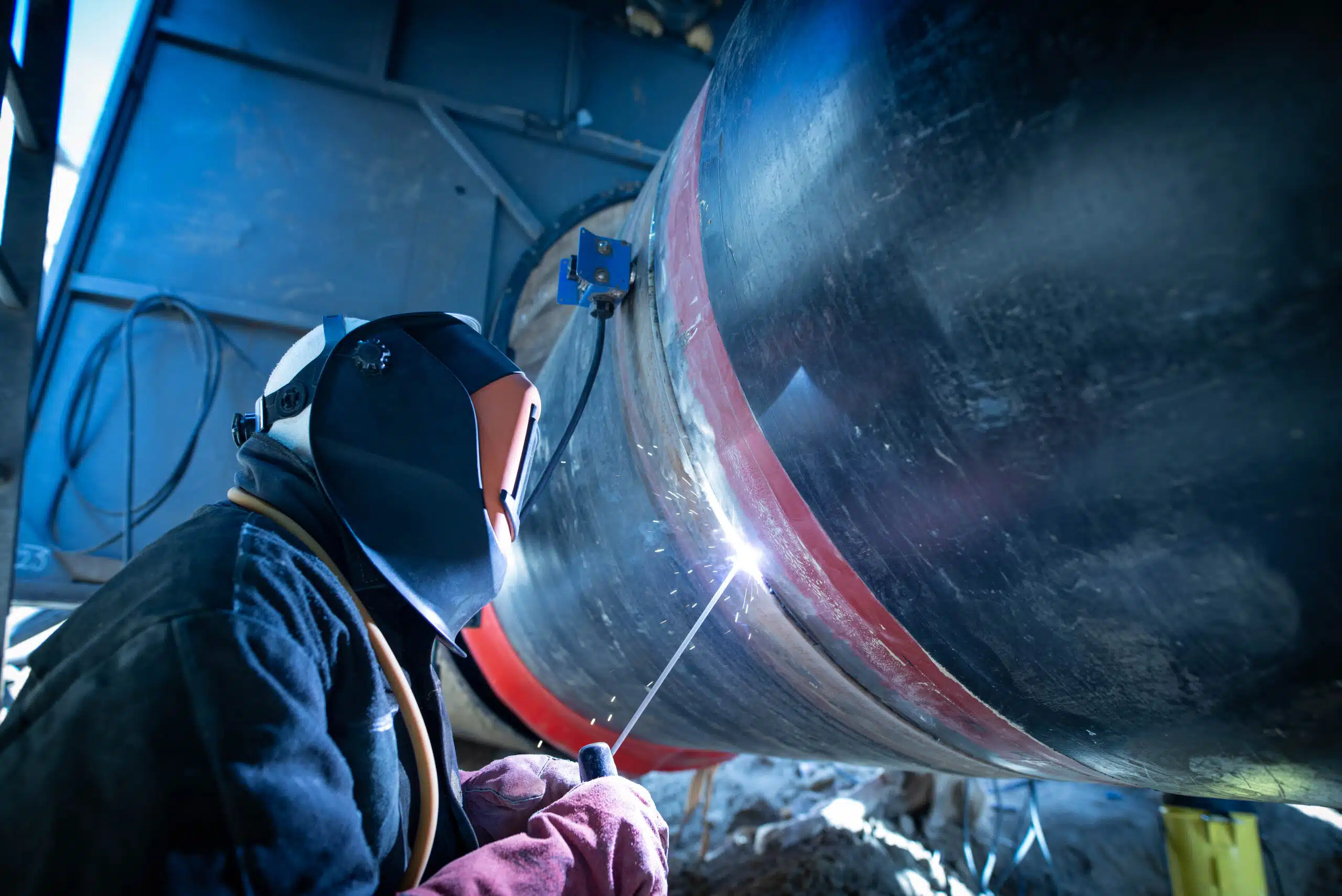Welding in the aerospace industry is a critical process that demands exceptional quality, precision, and adherence to stringent technological standards. This article explores the unique requirements and challenges of welding in aviation and highlights the technologies that ensure reliability and safety in aircraft construction.
Quality Requirements in Aerospace Welding
- Kompatybilność materiałowa: Aerospace components often require welding of advanced materials such as titanium alloys, stainless steels, and high-strength aluminum. Welds must maintain material properties crucial for structural integrity and performance under extreme conditions.
- Tolerance for Defects: Welded joints in aerospace applications must exhibit minimal defects, such as porosity, cracks, or incomplete fusion. Even minor imperfections can compromise the structural strength and durability of aircraft components.
- Precyzja i spójność: Welding processes must deliver precise and consistent results to meet tight dimensional tolerances and design specifications. Variations in weld quality can affect aerodynamic performance and operational safety.
Technological Advancements in Aerospace Welding
- Laser Beam Welding: Utilizes a highly focused laser beam to join materials with minimal heat input and distortion, ideal for welding thin components in aircraft structures.
- Electron Beam Welding (EBW): Produces high-quality welds in aerospace alloys by focusing a beam of high-velocity electrons, ensuring deep penetration and minimal heat-affected zone (HAZ).
- Zgrzewanie tarciowe z przemieszaniem (FSW): Enables solid-state joining of aluminum and other lightweight materials without melting, preserving material strength and reducing distortion compared to conventional welding methods.
- Advanced Robotic Systems: Automated welding systems equipped with adaptive control and real-time monitoring capabilities ensure consistent weld quality and enhance productivity in aerospace manufacturing.
Compliance with Industry Standards
- AS9100 Certification: Ensures aerospace manufacturers adhere to stringent quality management systems, including welding processes, to meet regulatory requirements and customer expectations.
- Badania nieniszczące (NDT): Employed extensively to inspect welds without compromising component integrity, using methods such as ultrasonic testing (UT) and X-ray inspection to detect flaws.
Safety and Reliability Considerations
- Odporność na zmęczenie: Welded joints in critical aircraft components must exhibit high fatigue resistance to withstand cyclic loading and operational stresses throughout the service life of the aircraft.
- Environmental Durability: Aerospace welds must withstand exposure to extreme temperatures, pressures, and corrosive environments encountered during flight and operational conditions.
Future Trends in Aerospace Welding
- Additive Manufacturing: Expanding the use of additive manufacturing technologies for fabricating complex aerospace components, integrating welding processes with metal 3D printing techniques.
- Smart Welding Technologies: Integration of artificial intelligence (AI) and machine learning algorithms for real-time process optimization and defect detection in aerospace welding operations.
Wnioski
Aerospace welding represents a critical intersection of technology, precision engineering, and safety in the aviation industry. By continuously advancing welding techniques, embracing automation, and maintaining rigorous quality standards, aerospace manufacturers ensure the reliability, durability, and performance of aircraft structures. As aerospace engineering evolves, so too does the demand for innovative welding solutions that meet the complex challenges of modern aviation, reinforcing the industry’s commitment to safety and technological advancement.

